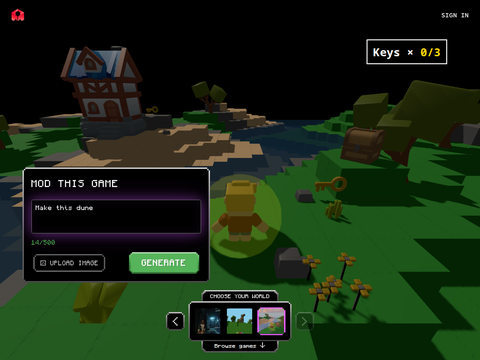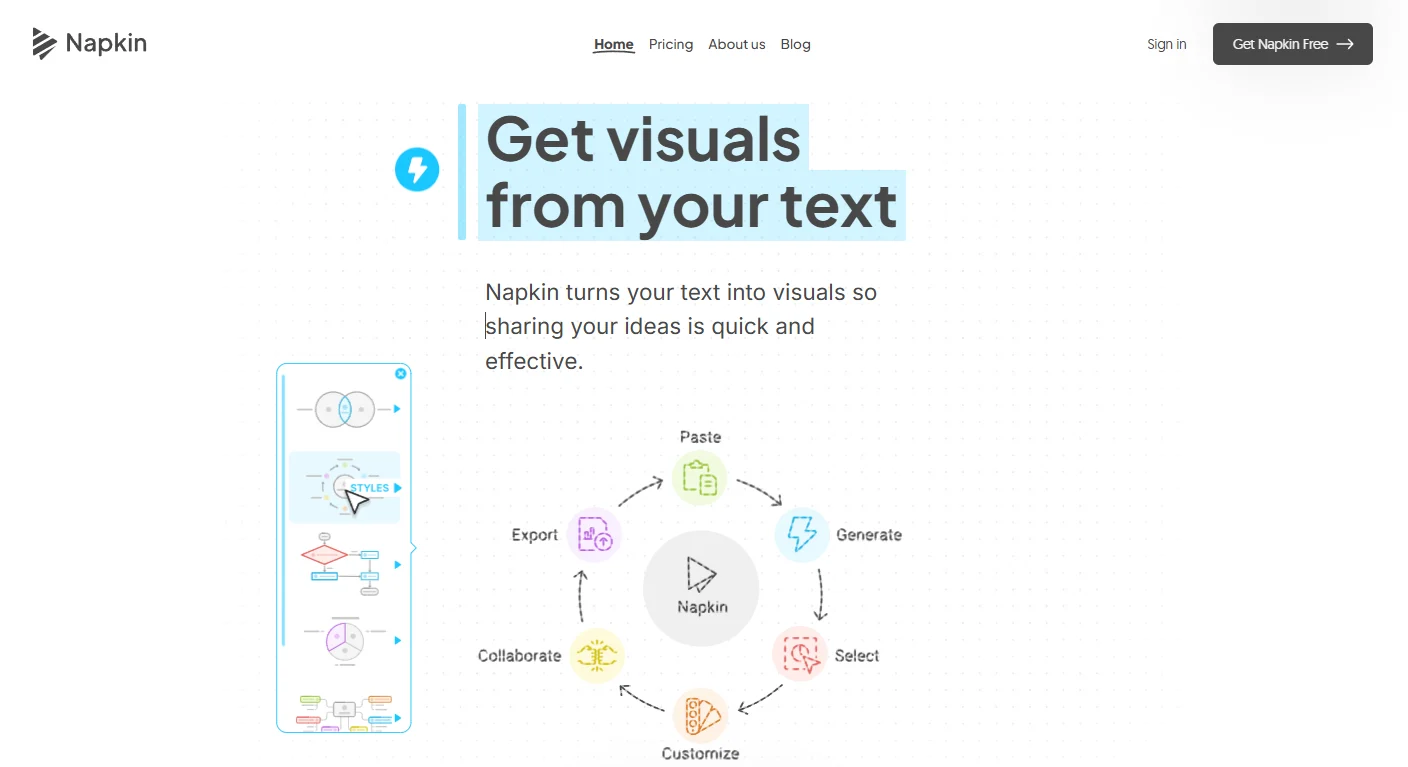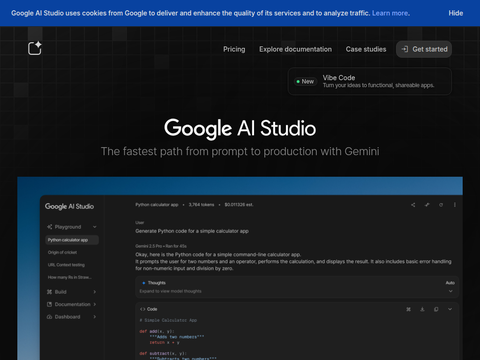Google Imagen 3 vs xAI Grok-2: The Battle of AI Image Generation
Google recently announced that its latest model, Imagen 3, based on text-to-image generation technology, has been made available to users across the United States through the ImageFX platform. This model, which made its debut at the Google I/O conference in May and was initially tested with a limited number of Vertex AI users in June, is now fully open to the public, marking Google's further advancement in the field of AI image generation.
At the same time, Google published an academic paper on arxiv.org, providing detailed technical insights into Imagen 3. This model utilizes the principle of latent diffusion to generate high-quality images based on textual prompts and has demonstrated significant advantages over other top models in evaluations.
However, the widespread application of Imagen 3 has also sparked mixed reactions from the public. While some users appreciate its improvements in texture details and word recognition capabilities, the strictness of its content filtering mechanism has become a point of criticism. Users have reported that even ordinary creative instructions may be intercepted by the system, limiting creative freedom.
In contrast to Google's cautious approach, xAI company's Grok-2 model imposes almost no restrictions on image generation and is integrated into Elon Musk's social platform, X. While this approach provides greater freedom for creativity, it has also sparked controversies regarding AI content regulation and ethics. The platform has seen a significant amount of controversial content, including manipulated images of public figures and sensitive depictions.
The rapid development of AI image generation technology brings convenience and creativity but also faces challenges such as content moderation, the balance between responsibility and creativity, and the authenticity of information. Companies like Google and xAI need to carefully consider how to balance technological innovation with social responsibility in order to address potential regulatory scrutiny and public concerns.
In the future, as AI image generation technology becomes more widespread, the tech industry will need to carefully consider the long-term impacts of technological choices, ensuring that AI technology can find a harmonious coexistence between creativity and responsibility.








